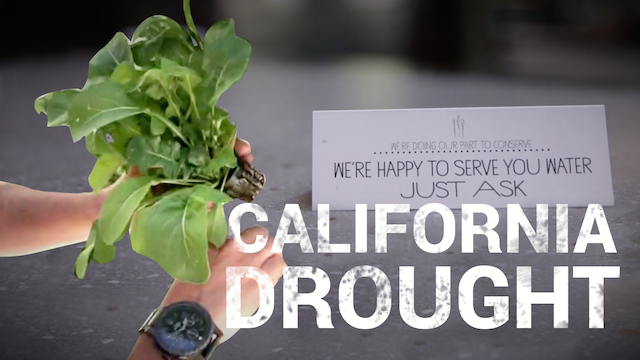The drought in the western US is so strong and long that water availability has been severely cut to farmers this year, leaving them without sufficient water for some of their crops. As a result, many farmers may lose their orchards or ability to water vegetable crops. This has caused the farmers there to protest the methods for water distribution, since it is directly affecting their ability to farm.
Considering that California produces a large portion of fresh food in the United States, this means it is likely that we will see shortages of some produce and other products in the future. The Southwest is an area that is prone to long-term dry conditions according to proxy data like tree rings, and in the past few years there has not been enough precipitation to refill reservoirs that are far down. If this trend continues, production of food and fiber will have to shift to other parts of the country and the world to meet demand. The Southeast may be well-positioned to produce more, since in our worst drought years we get at least 35 inches of rain a year, far in excess of California’s 10 or so inches. However, because of our high humidity, we also expect to see more disease and insect damage here, so that reduces yields. Our crops are also grown in sandy soils that do not hold water well and need regular infusions of rainwater to keep plants in good shape. And since we also get hurricanes and floods, we are more likely to experience impacts from storms than California does.
